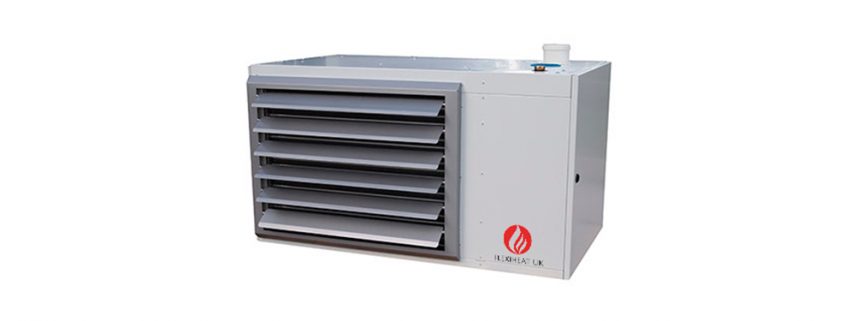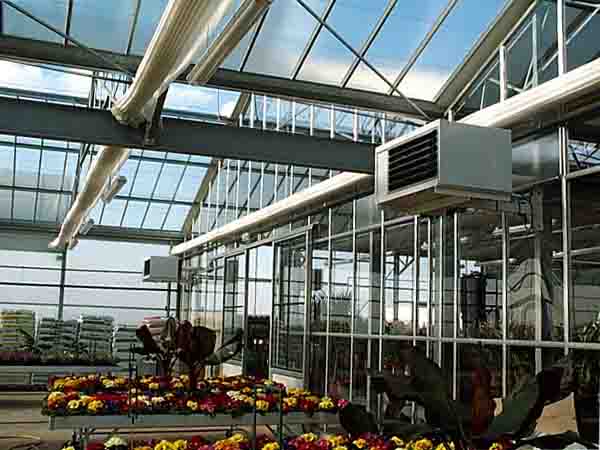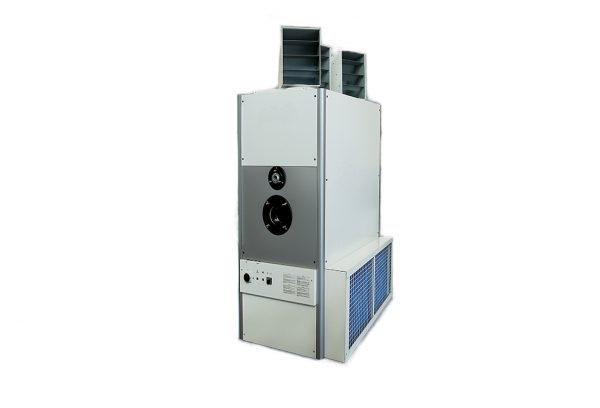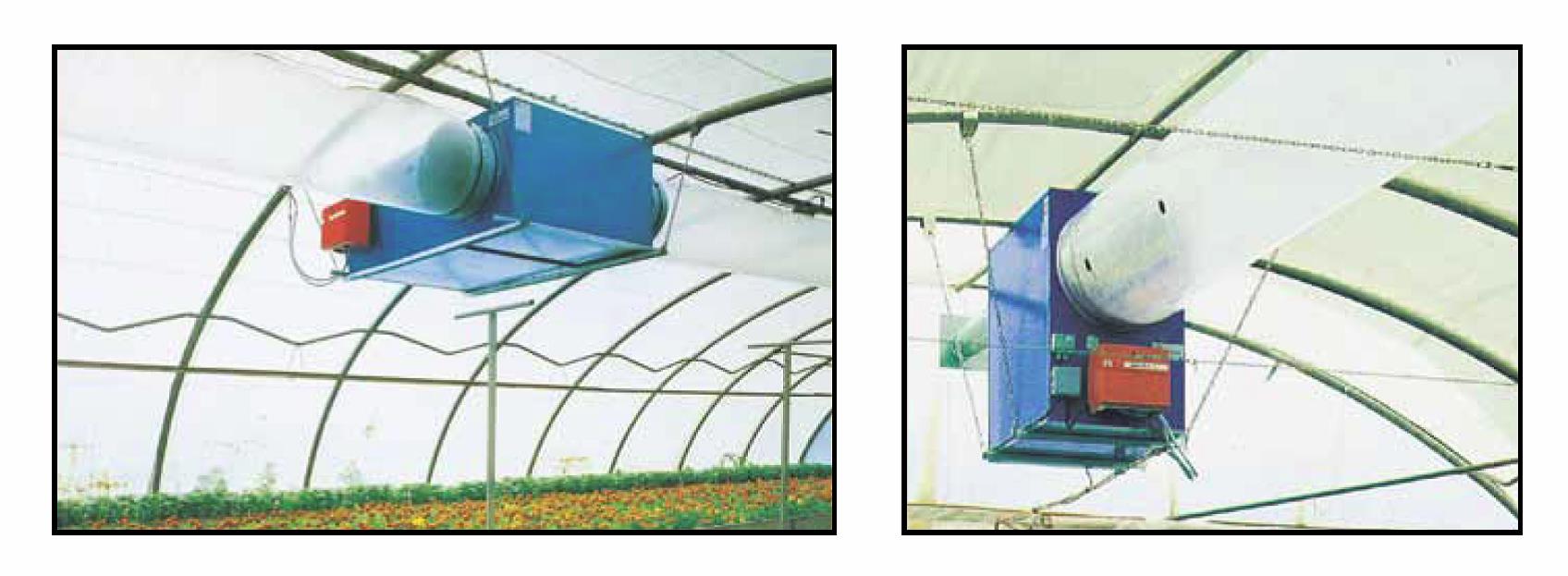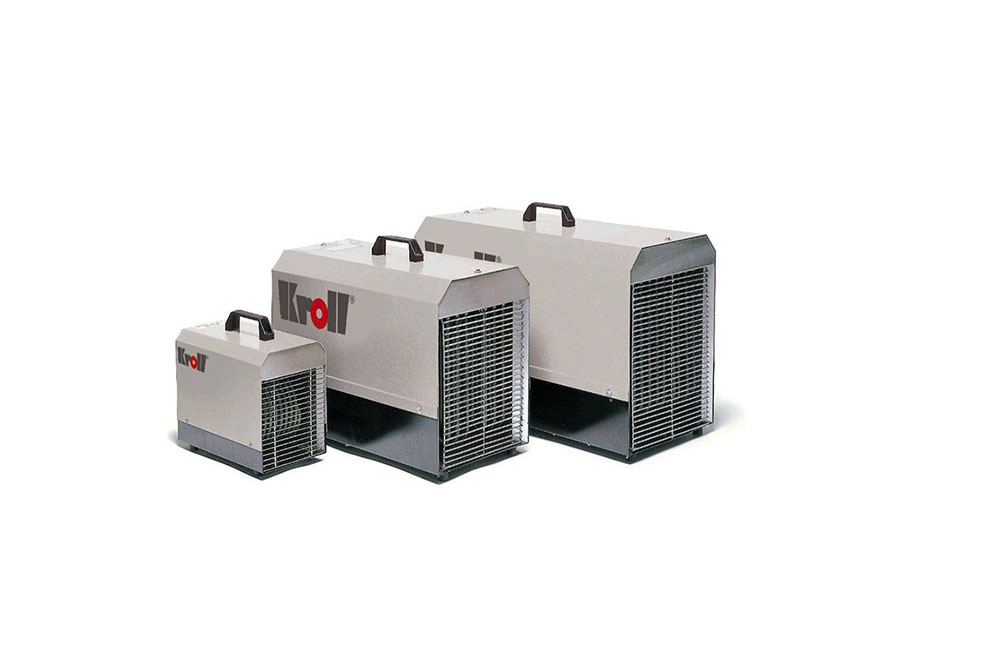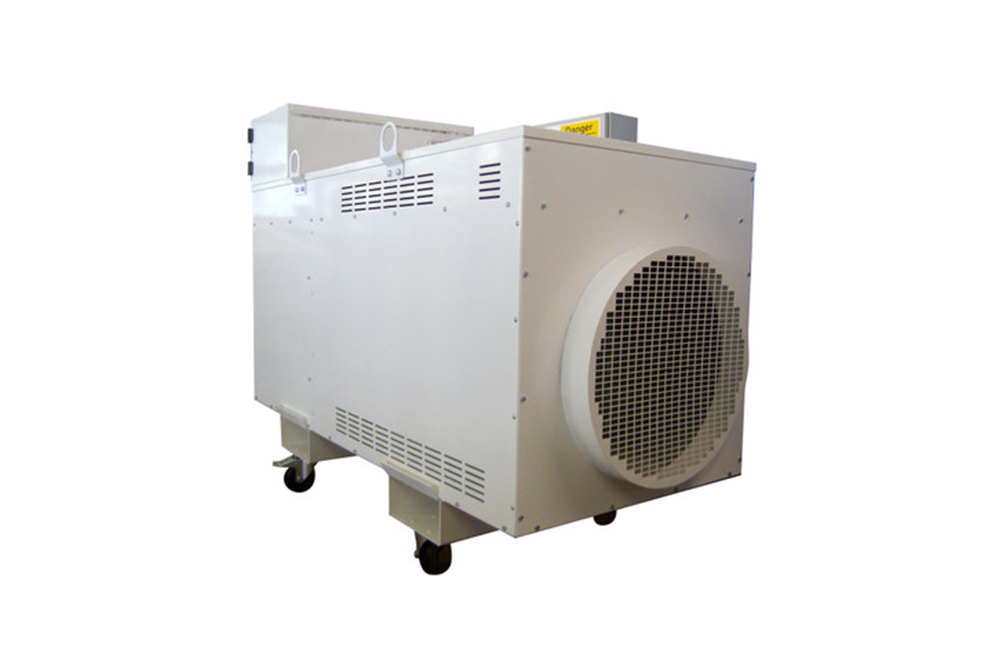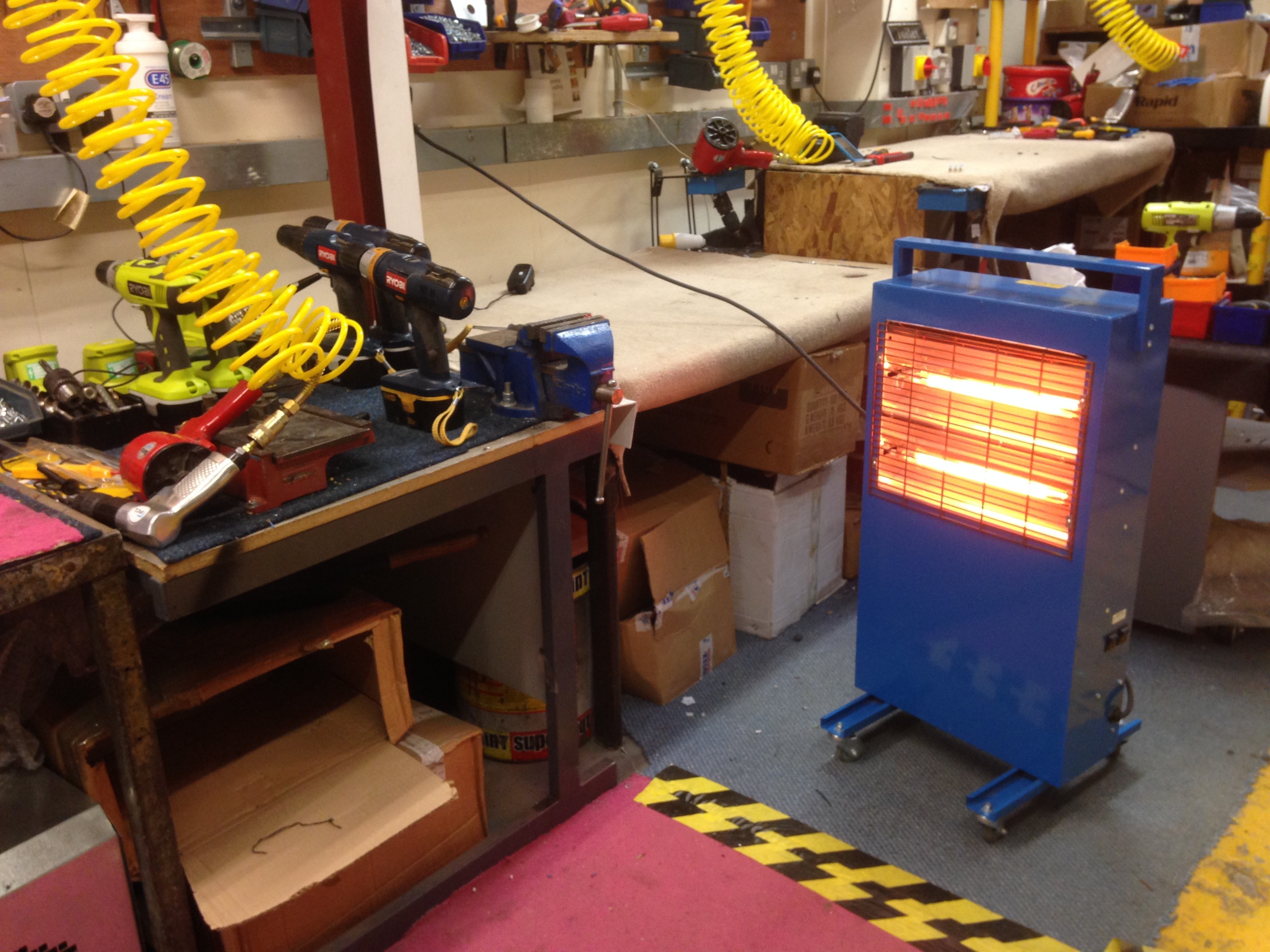Commercial Heaters UK -A Guide to
Commercial Heaters – Your Options
Commercial heaters are frequently used in almost all the industries today right from manufacturing , car show rooms , retail units to warehouses . There is a variety of heaters that serve different purposes. As an unavoidable necessity, it is essential for businesses to install a commercial heating solution in their premises, to either keep they’re staff or customers , or even both satisfied. Commercial heaters can also be used to keep products above certain temperatures to ensure no damage to them , such as frost protection etc.
Installing them may be an easy task as you simply order the supplier or warm air heating installer to do so, yet the most challenging part lies in different types of questions and queries before installing-
Please go through the following points if you want to get the most out of your commercial heating equipment –
First of all, make an in-depth assessment of what your heating needs exactly are. Looking at the devices randomly may take you on the wrong route.
The following are the most common types of commercial heaters on the market based on fuel types
Commercial Gas Heaters and Propane(LPG) Heaters
Commercial Gas heaters burn a variety of either natural gas, propane (LPG), natural gas (NG) or other gaseous fuels to generate heat. Early gas heaters were similar to the Bunsen burner in that both they used a flame to heat air locally. This heated air was spread by convection to warm an entire area. Later, the burner’s flame was used to heat a structure made of asbestos, a strong and incombustible fibre. Although asbestos structures have been replaced by fire clay and other refractory materials, modern gas heaters still operate according to this principle but the refractory materials have now been replaced by a combustion chamber and a heat exchanger, which means that any products of combustion are now expelled via a flue pipe system, being infinitely safer than the early days. They are often Co-Axial flued , or sometimes referred to as room sealed , whereby they take the air required for combustion form outside the building , via a twin piped flue system, this results in higher efficiency as the building is more air tight . Both natural gas commercial gas heaters and propane commercial heaters often use similar designs, the only difference is the gas burner.
According to their radius of effect, gas heating systems can be divided into two types: the so-called gas convector and gas-turbine heating.
With gas convector is heaters, which are used primarily for heating individual rooms. The heat generated by the combustion of the gas is then discharged directly to the environment. The gas-turbine heating, on the other hand, is generally used as a central heating system to supply entire buildings
Commercial Heaters – Gas or Propane – Applications
There are a broad range of different applications for gas and propane heaters. Below are just some examples;-
- Industrial Applications
- Warehouses
- Workshops
- Garages
- Greenhouses
- Offices and Shops
- Retail Outlets
Features
There are a whole host of optional features for gas heaters. Some are indirect-fired, some are corrosion resistant, some are finned and some are even explosion-proof others are designed to provide dynamic power regulation . They can feature custom designs or have a secondary heat exchanger ( condensing warm air heating) for maximum heat transfer. Gas heaters can also be fitted with an external temperature sensors and multiple / independent timing controls to suit the site conditions
Commercial Heaters – Oil – Gas Oil or Kerosene
Oil commercial heaters predominantly burn fuel like heating oils such as gas oil or kerosene to generate heat but waste or used oils are also a popular fuel source.
Types
There are many different varieties of oil and kerosene commercial heaters.
Probably the most common are stationary cabinet’s types. These are usually floor mounted and either blow out warm air through their vents or through duct.
Another popular type is the suspended unit heater. These can either be wall mounted or suspended from the ceiling. These are advantageous options as they take up less space.
Operation
Oil and kerosene commercial heaters transfer heat to a room over a longer period of time and at a slower rate. When the oil burner is engaged, heating oil travels from the tank or reservoir to the burner by way of a pump where it becomes a fine mist mixed with air. The fuel/air mixture is then injected into the burner where it is ignited in the combustion chamber of the heater, which then transfers the heat via a heat exchanger to the space being heated.
Specifications
Oil and kerosene heaters use single-phase or three-phase power.
Applications
There are a wide variety of applications for oil heaters. Examples include;
- Warehouse & Factory heating
- Drying,
- Melting,
- Annealing or heat treating,
- Curing or tempering
- Operations with gases and vapours,
- Clean water heating
- Heat process and high-purity waters,
- Lightweight oils & degreasing solutions,
- Heavy & medium weight oils,
- Mild & severe corrosive solutions,
- Caustic solutions and liquid paraffin.
Commercial Heaters – Electric Heaters
Electric heating systems are heaters which produce heat via heating wires or heating coils. They can be roughly differentiated according to whether they store the heat, store it in part or deliver it directly or whether the heat is generated by infrared radiation or by the heating of air.
Types
There are many variants of electric heaters. Below are the main types
1 – Natural convection
The portable heater with natural convection resembles a standard heater. It settles on the ground and heats up slowly.
Operation
- Fresh air rises inside the cabinet by convection.
- The air is then heated by an element.
- The hot air exits through the openings and rises into the room.
- There is no fan on this type of appliance.
Advantages
- The natural convection heater keeps the temperature constant, provided the room is closed or not too large.
- Silent.
Meets the needs
- Ideal for use for several hours at a time, for example, at the chalet or at night, in a room when the central heating of the building is switched off.
2 – Forced Convection or Blow Heaters
The forced convection heater, also referred to as forced air or blow heaters are a very popular model. These heaters are often small and light and distribute the heat with a fan.
Operation
- A fan moves the air around the heating elements and pushes it forward.
- In ceramic models, electricity passes through ceramic plates that store heat in their mass, and then a fan spreads it.
Benefits
- Small and light.
- Rather stable temperature in a closed room.
- Heat sensation faster than with fanless model.
- Allows directing of heat.
Meets the needs
- Ideal for rapid heating distributed throughout a room, even when the area to be heated is large, then we do commercial electric heaters with an heat output of 80 kW , which we think are the largest portable electric heater on the UK market to date
3 – Commercial Heaters -Radiation (radiant heating)
The radiant heater, also called radiant heating, often looks like a standing fan or cabinet heater. It heats according to the same principle as the lamps used on terraces. It can therefore heat a person very quickly!
Operation
- Uses a very hot element, usually halogen or quartz.
- The element produces an infrared wave that quickly gives a sensation of warmth in a precise direction.
Benefits
- Quiet.
- Sensation of immediate heat, much like the rays of the sun on a winter day; Warms bodies and objects, but not directly air.
- Allows directing of heat.
Meets the needs
- Ideal for directly heating a person in a room with a high ceiling (because hot air is rising) or in a room where there are drafts. Because of the risk of burns, it is not ideal when there are young children or elderly nearby.
Features
Some of the key features of electric heaters are portability, precision temperature monitoring & control and design flexibility
Applications
Electric commercial heaters are commonly used throughout industrial and consumer products to heat all types of liquids, gases, vapours, and solids. In consumer products, electric heaters are commonly used for heating water, air and even flooring. Industrial warm air heating applications can utilize much higher wattages and these industrial electrical heaters can be used for applications such as heat treating for pest control , for drying of products etc, as well as standard space heating
Advantages of Commercial Electric Heating
- Low cost in purchase
- Low installation costs, since no piping necessary
- No space required for burner or fuel storage
- No chimney
- Maintenance costs are eliminated
- Good solution for temporarily heated rooms or buildings
- No or little dust swirling, good for allergy sufferers
How to calculate how much heat you require , to get your correct commercial heaters or heater
Once you have determined the type of heater for you building you then need to work out which size you require. This can be achieved in the form of a simple heat loss calculation. The most important factors to consider are the dimensions of the building, the length, width and average height. There are a number of online calculators that you can use to work out the heat requirements. The answer will typically be given in kW (kilowatts) of BTU (British Thermal Units)
Once the appropriate type of commercial heater has been decided and then installed it is advisable to appoint experienced operators at your factory premises so that they can ensure the heater(s) function correctly
Space plays a vital role as far as the correct installation of these apparatuses is concerned. Take measurement of the space where the device or devices are to be installed.
Let us help you choose the right commercial heater that’s best for your business
No single heating system is the right option for each and every commercial property. The size and location of your business, as well as the size of your budget, will all factor in to your decision. At Flexiheat UK we are ready to provide you with expert advice to help you select the commercial HVAC system that fits your business needs. Call us now or contact us via email

